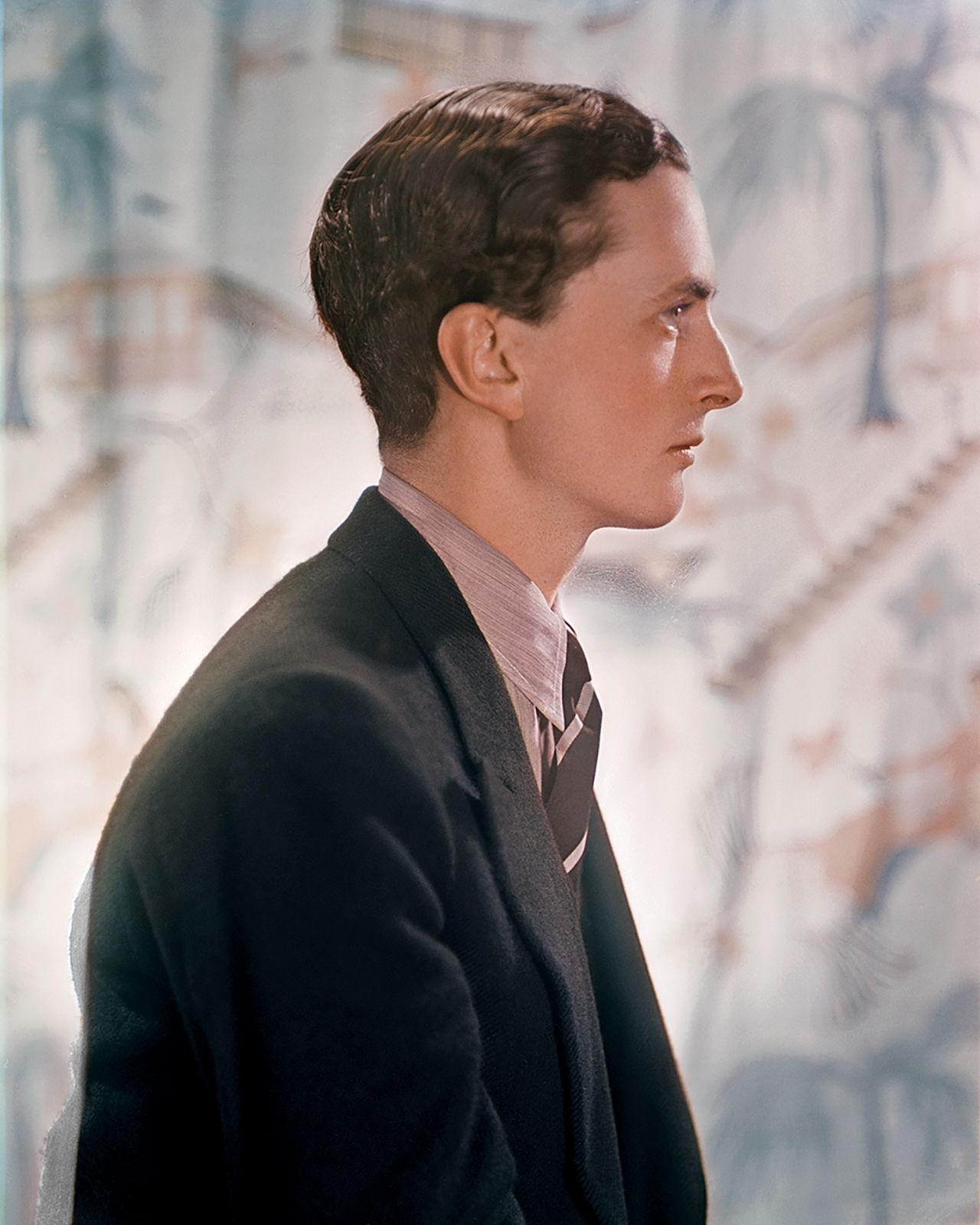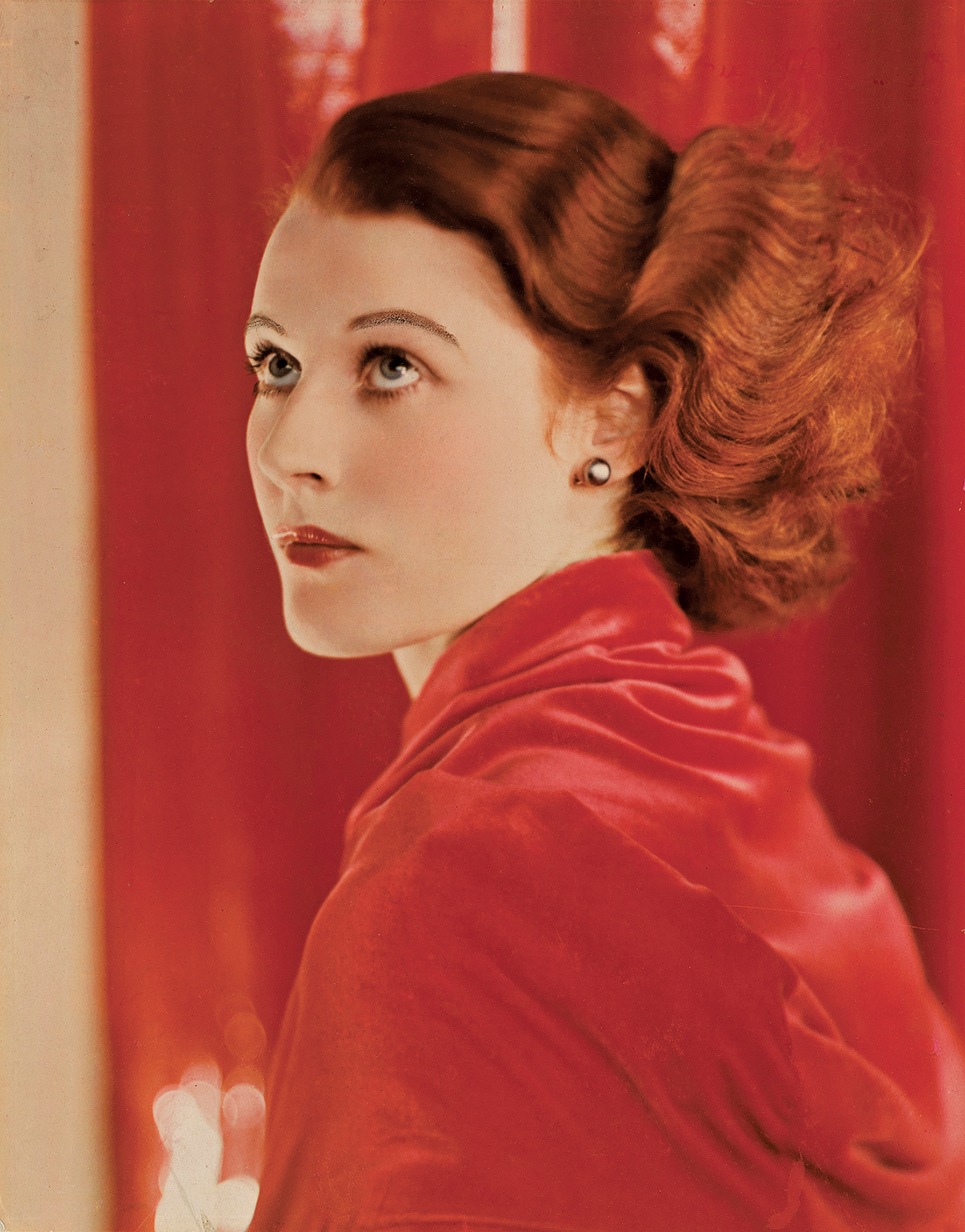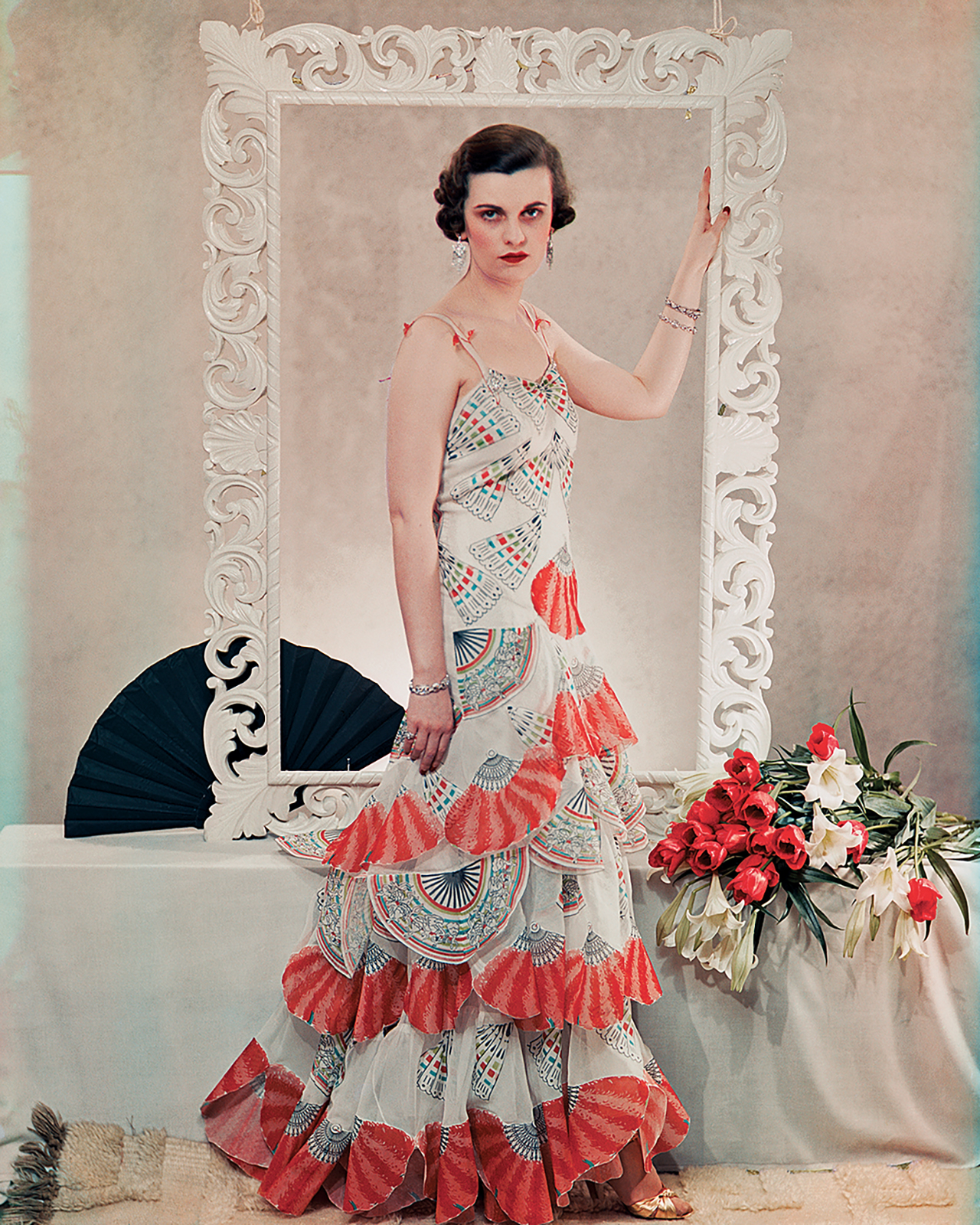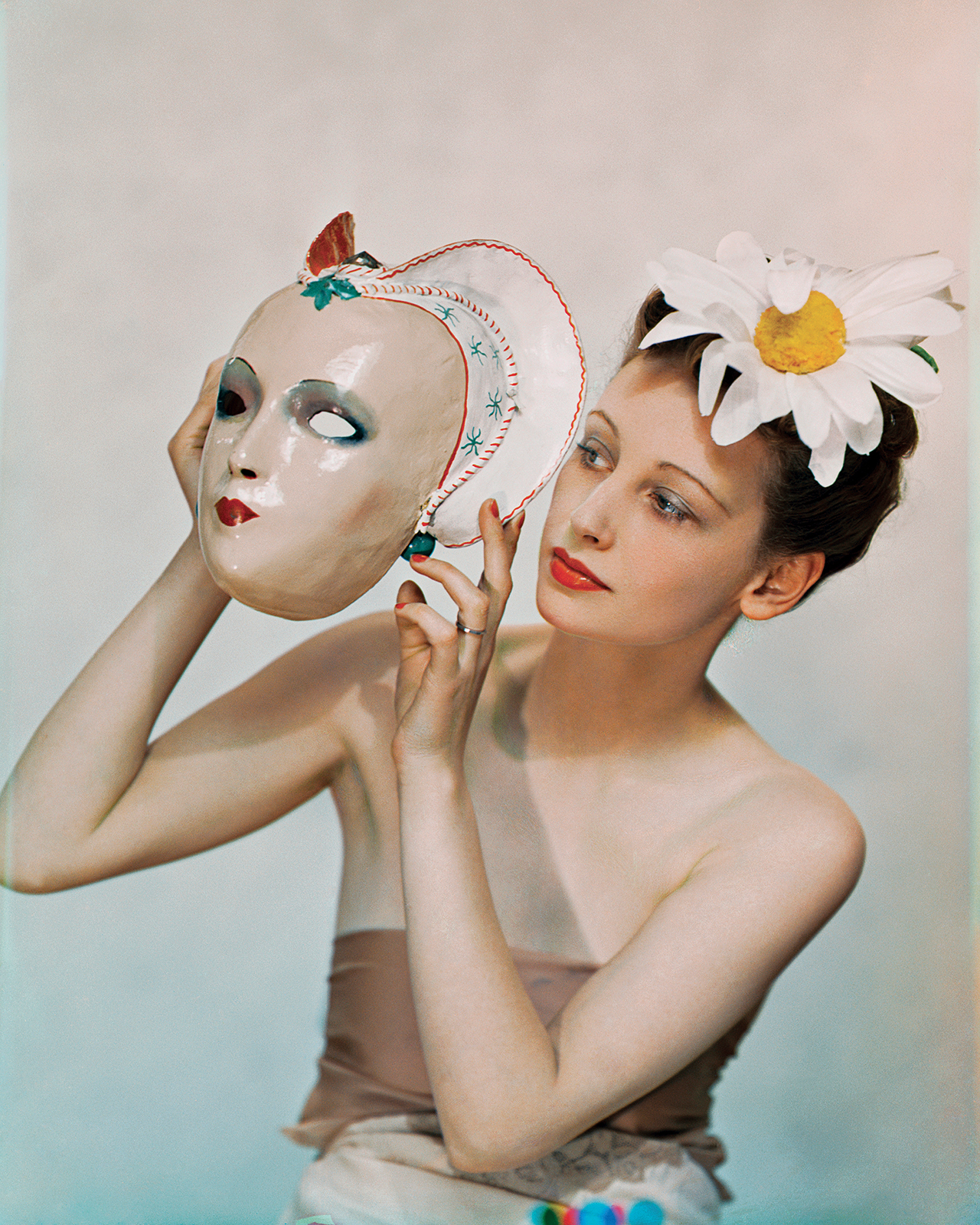London’s National Portrait Gallery is reopening after a three-year redevelopment with a vibrant show tracing the life’s work of Madame Yevonde
In an address to the Royal Photographic Society in 1932, Yevonde Middleton declared: “If we are going to have colour photographs, for heaven’s sake let’s have a riot of colour, none of your wishy-washy hand-tinted effects.” It was a characteristically direct statement from the suffragette and avant-garde photographer – known as Madame Yevonde or simply Yevonde – who is widely considered to have been an innovative and influential figure in the history of photography.
“Yevonde was a brilliant colour pioneer when most of her contemporaries still felt it was in the realm of advertising, or not to be taken seriously as an art form,” says Clare Freestone, photographs curator at the National Portrait Gallery, London. “She championed photography, and also women in photography. She advocated through the photographic press, saying that women make great photographers, and this is a profession really open to women.”


Freestone has spent much of the last two years contributing to the digitisation of over 500 colour negatives from Yevonde’s archive, and curating an exhibition that will present over 150 portraits, commercial works and still lifes – including 25 newly discovered images. Yevonde: Life and Colour opens on 22 June 2023 as part of the relaunch of the National Portrait Gallery after a three-year closure.
Freestone’s journey to finalising the exhibition has been punctuated by revelations about Yevonde’s work, with discarded early versions of well-known images providing behind-the-scenes glimpses of the photographer’s considered approach to colour and composition. “She had this unique vision,” the curator explains. “She used to say that colour photography didn’t really have a history, so you had to reach inside your imagination and just go for it.”

“Yevonde advocated through the photographic press, saying that women make great photographers, and this is a profession really open to women”
Among Yevonde’s most famous works are the ‘goddesses’ – a series of portraits featuring notable names of the 1930s, including Margaret, Duchess of Argyll and Lady Bridget Poulett, dressed and styled as figures from Greek and Roman mythology. “You can see a progression through her early experiments in the 1930s to her becoming more sure of herself,” Freestone says, referencing an image of Mrs Michael Balcon – society figure and wife of film producer Sir Michael Balcon – as Minerva.
A 1937 self-portrait is testament to this technical self-assurance, created in the photographer’s signature bold yet carefully balanced colours. “It’s pretty obvious that she’s saying, ‘I’m an artist with a camera’,” Freestone explains, pointing again to Yevonde’s determination and prolonged career, which spanned 60 years. “She probably has been overlooked in terms of the history of photography in many ways,” concludes Freestone. “We want to bring her back into that history – she was an amazing feminist, who paved the way for many women photographers that followed.”
Yevonde: Life and Colour is at the National Portrait Gallery, London, from 22 June to 15 October

